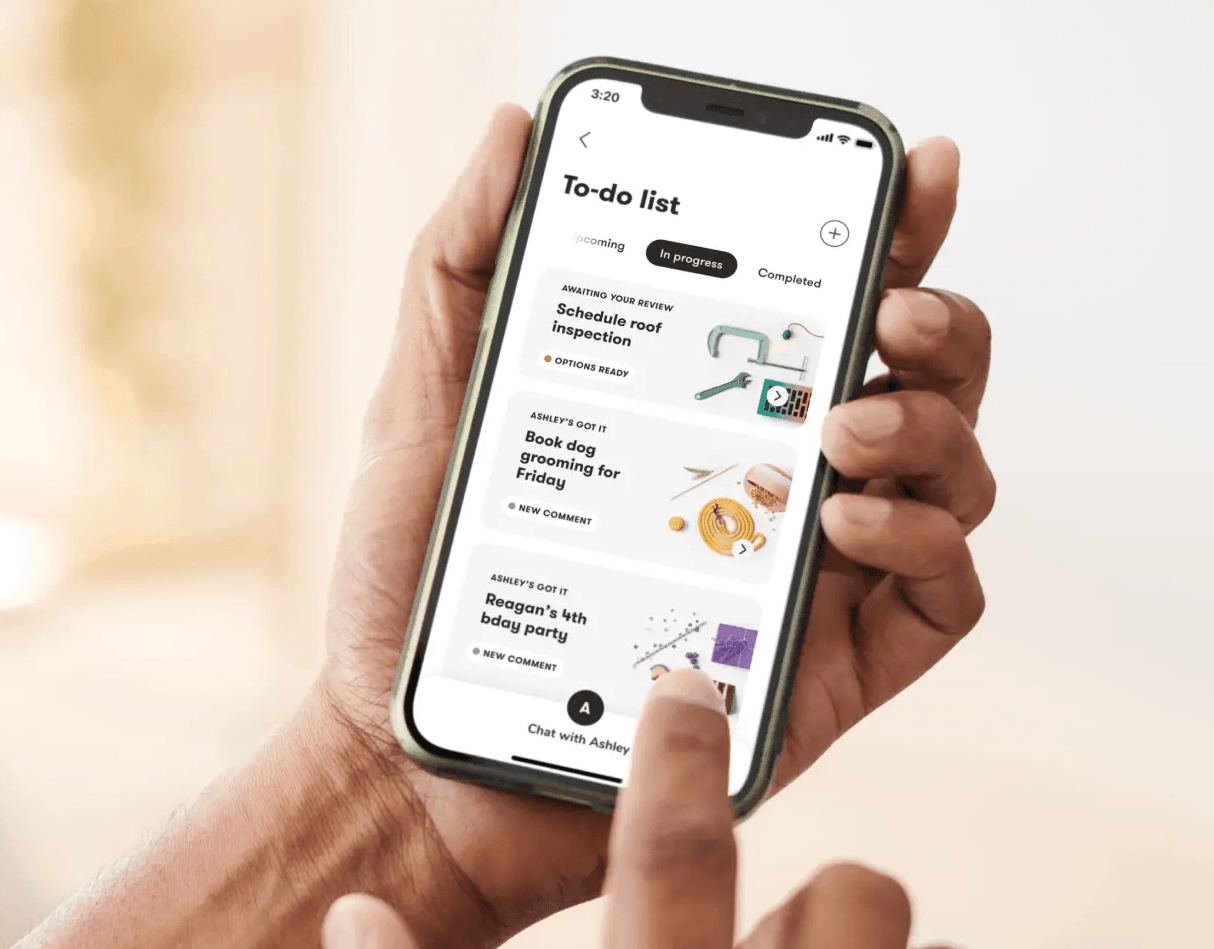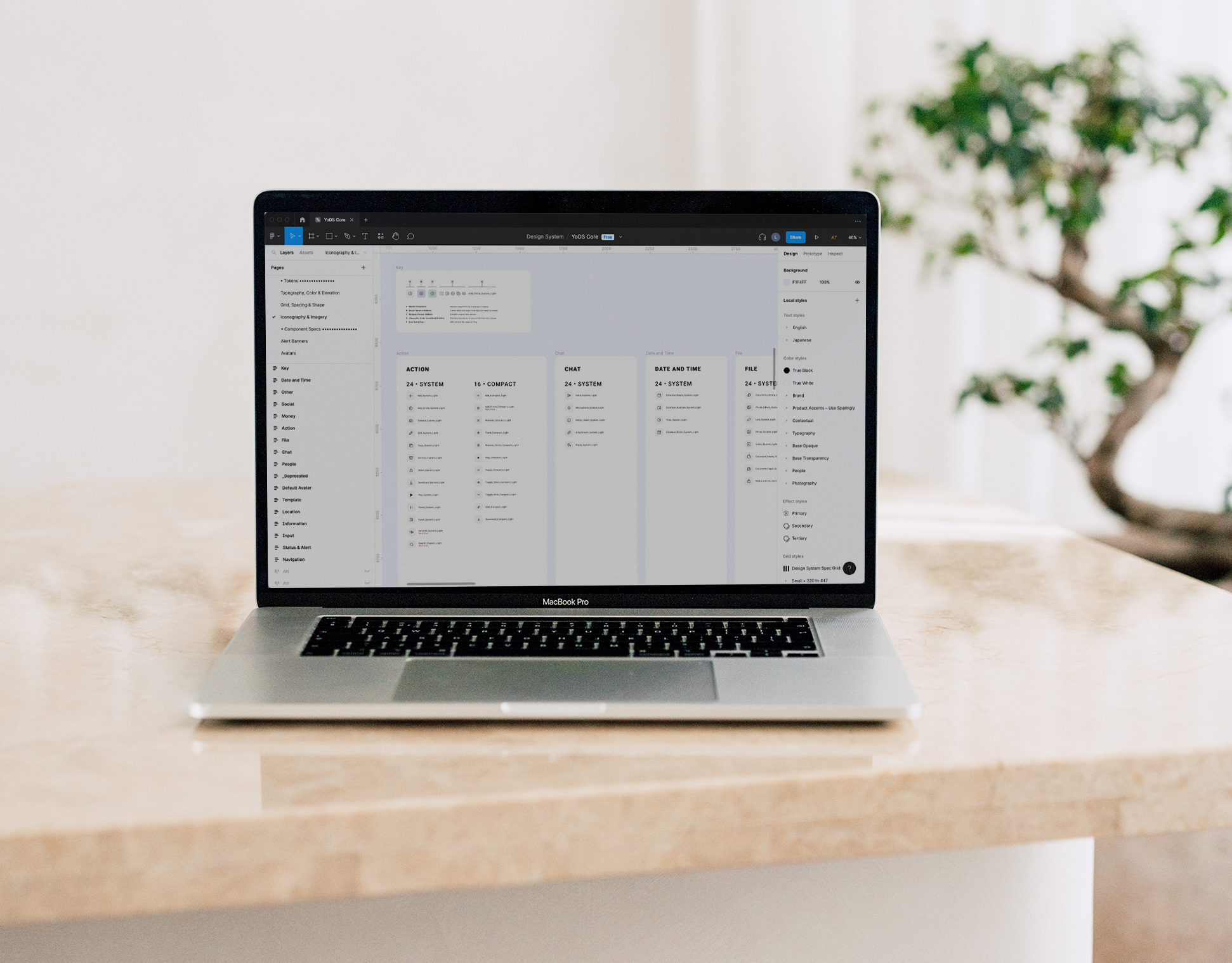During this project, the prototyping flows in my Figma file alternated between resembling a Christmas tree and a dementor, depending on how challenging my prototyping work was that day.
In order to enable rapid iteration during the RITE test, I started the prototyping process by creating master components for all assets I planned to reuse in a "Cozy Copy Corner" so that we could later quickly update copy and content as needed.
For each user task in the test, I built out a prototype section like the one shown here. This test was done before Figma enabled multiple flows, so as a workaround I made a prototype menu, accessible via a hidden button on every screen, from where the tester could direct the prototype to a different task section.
As user performance and feedback improved through our iterations, I switched to a simpler prototype to test more focused issues.

